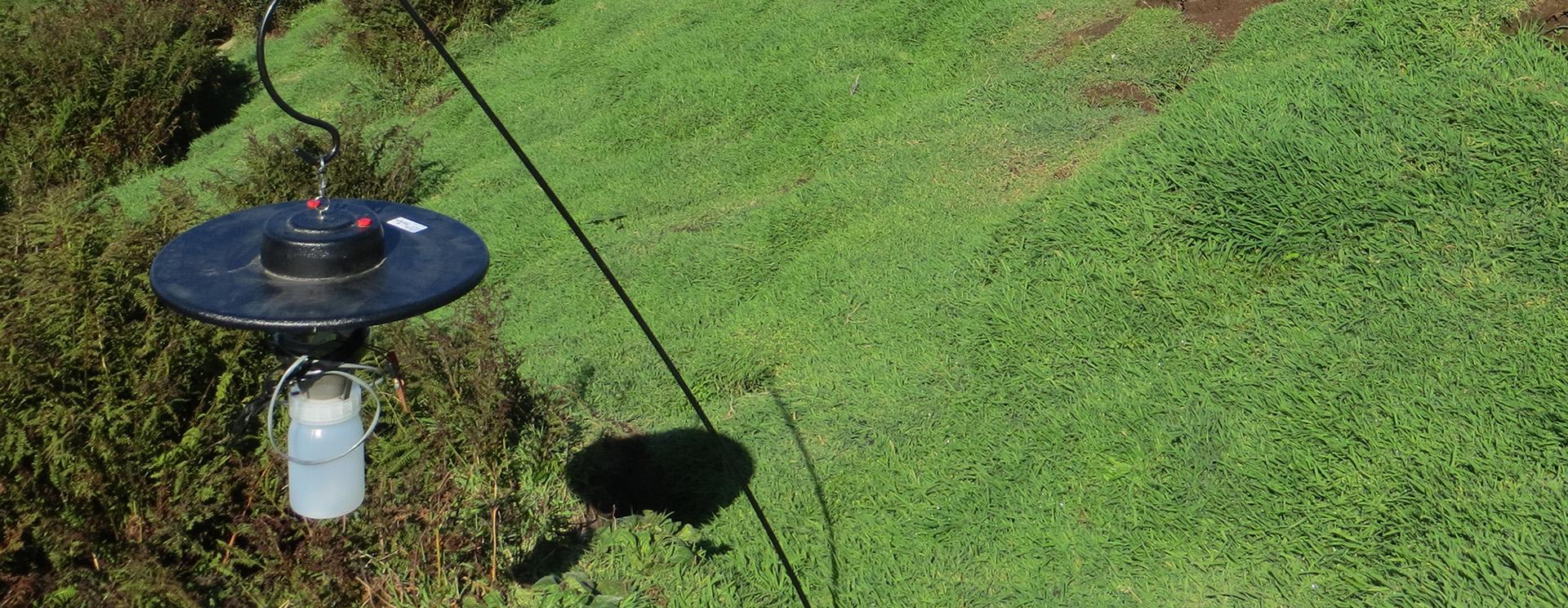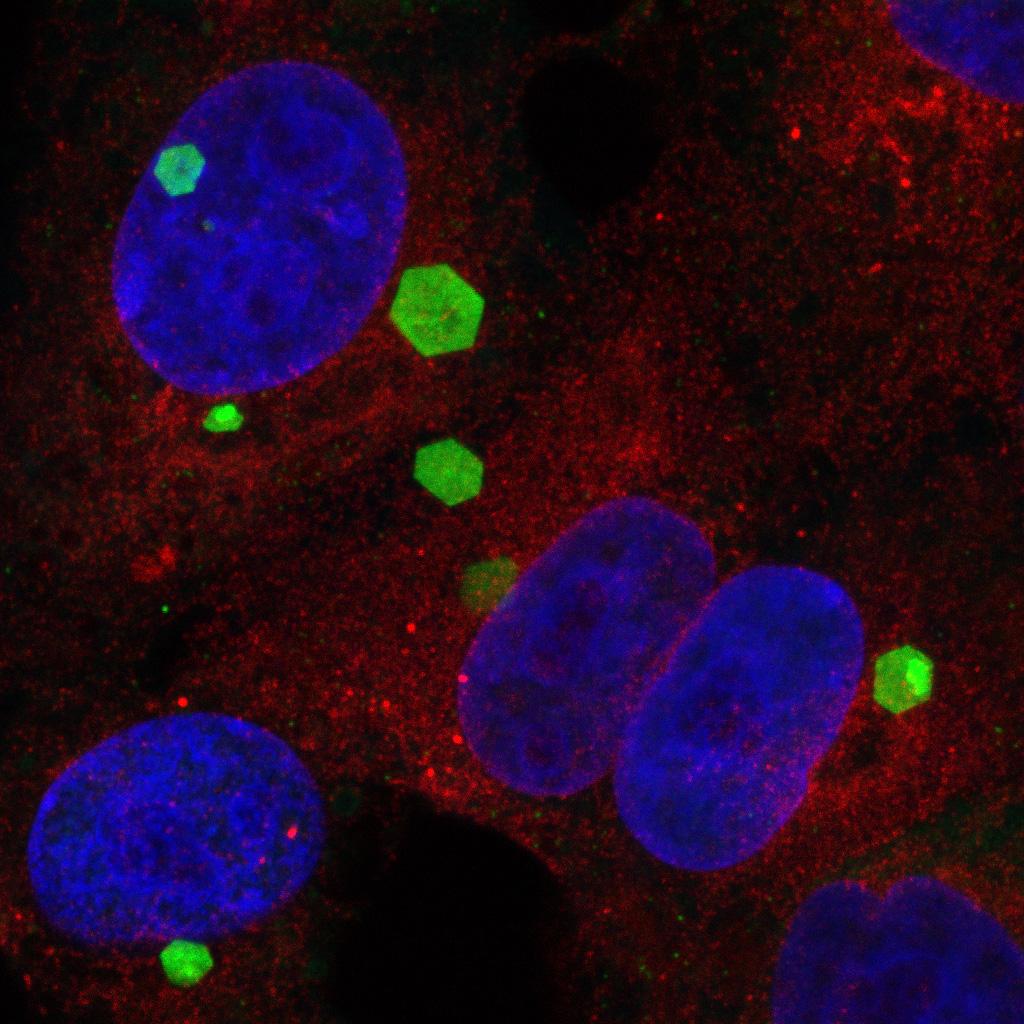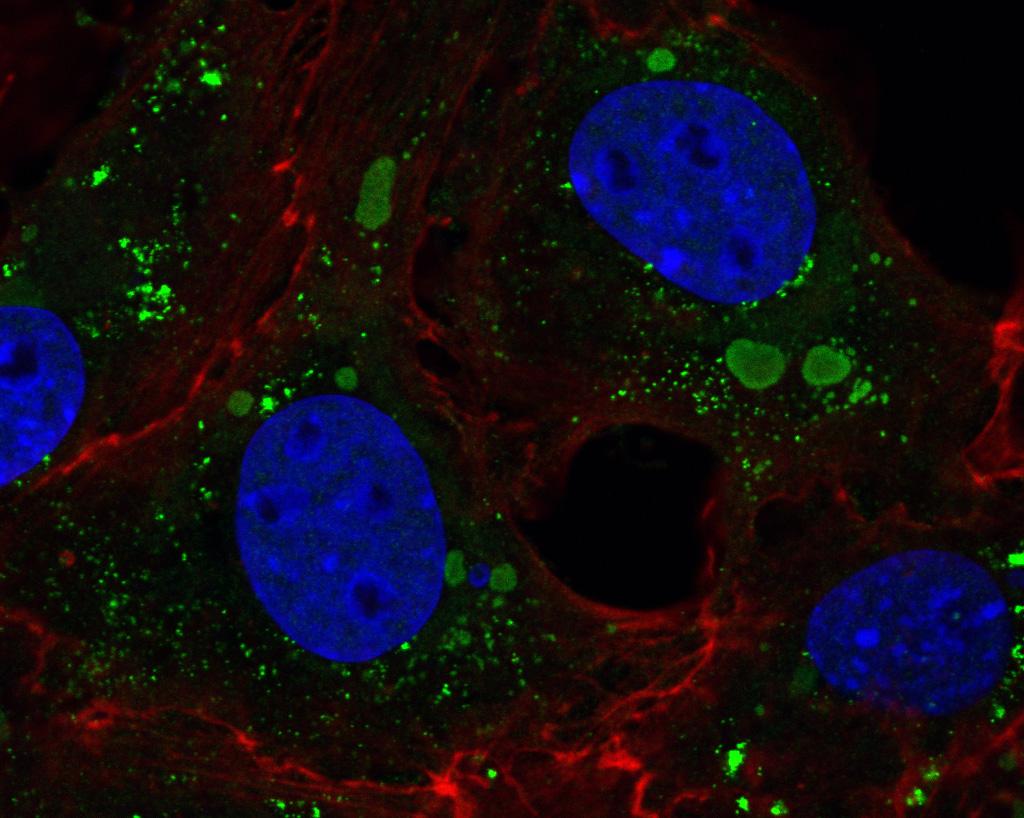Quantification of within- and between-farm dispersal of Culicoides biting midges using an immunomarking technique
Culicoides biting midges (Diptera, Ceratopogonidae) are vectors of arboviruses that cause significant economic and welfare impact. Local-scale spread of Culicoides-borne arboviruses is largely determined by the between-farm movement of infected Culicoides. * Study of the dispersal behaviour of Culicoides by capturemarkrecapture (CMR) is problematic due to the likelihood of mortality and changes in behaviour upon capture caused by the small size and fragility of these insects, evidenced by low recapture rates. To counter the problem of using CMR with Culicoides, this study utilised an ovalbumin immunomarking technique to quantify the within- and between-farm dispersal of Culicoides in southern England. * Both within- and between-farm dispersal of Culicoides was observed. Of the 9058 Culicoides collected over 22 nights of trapping, 600 ovalbumin-positive Culicoides, of 12 species including those implicated as arbovirus vectors, were collected with a maximum dispersal distance of 3125 m. * This study provides the first species-level data on the between-farm dispersal of potential bluetongue, Schmallenberg and African horse sickness virus vectors in northern Europe. High-resolution meteorological data determined upwind and downwind flight by Culicoides had occurred. Cumulative collection and meteorological data suggest 15·6% of flights over 1 km were upwind of the treatment area and 84·4% downwind. * Synthesis and applications. The use of immunomarking eliminates the potential adverse effects on survival and behaviour of insect collection prior to marking, substantially improving the resolution and accuracy of estimates of the dispersal potential of small and delicate vector species such as Culicoides. Using this technique, quantification of the range of Culicoides dispersal with regard to meteorological conditions including wind direction will enable improved, data-driven modelling of the spread of Culicoides-borne arboviruses and will inform policy response to incursions and outbreaks.



